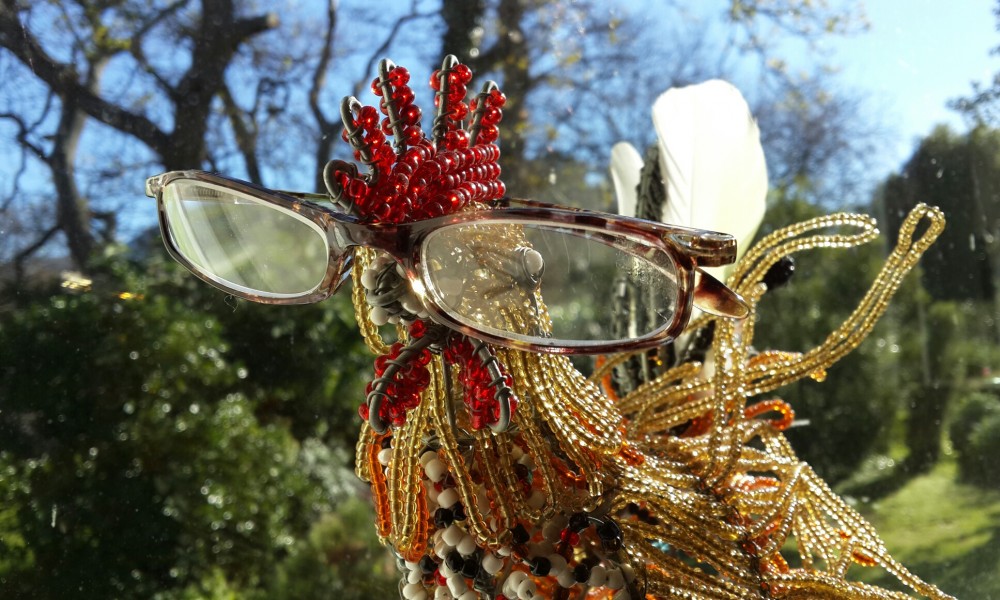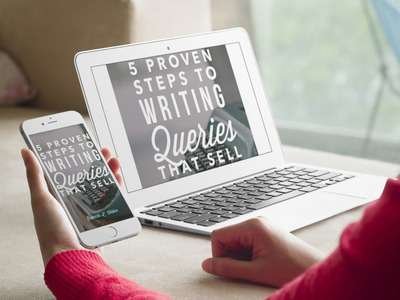Screen saver

My annual visits to the optometrist followed a clear pattern: for many years, my eyes became continually more nearsighted. With glasses or contact lenses, vision was 20/20, and at some point the technology improved enough to render lenses thin enough to throw away the coke-bottle glasses of childhood forever. Great stuff for somebody who surely would have been eaten by a slow-moving animal in a different era. In my 30s, this pattern reversed a wee bit, with the myopia improving ever so slightly, due to the onset of being farsighted as well. I knew that they would never quite meet in the middle, but it was a real thrill believing that my eyes were actually improving.
Unrelated to all this, or so I thought, was my increasing intolerance with screens. I increasingly came to hate staring at the computer. Despite my ongoing fondness for writing longhand, as a journalist, resenting the required equipment is a serious issue. I resisted e-readers and smartphones, despite their obvious benefits, simply to avoid any more screen time. I believed this to be entirely a product of screen creep, i.e., frustration and resentment toward their popping up at dinner tables and parties, and my own sense that I needed to check email every few hours, even when ostensibly on vacation. In other words, I thought the crankiness to be social rather than physical.
I must’ve been in a somewhat otherwise mood (from having already spent too many hours that day on the laptop) when I last went to see the eye doctor. In that windowless room with a spotlight on upside down and backward letters, for the first time, I said, “I can read the smaller line, but I don’t want to.” It felt like bad behavior and also a bit stupid–adults pay to have their eyes evaluated, not to have the doctor cajole the patient into giving data.
But this honest reply elicited a simple diagnostic process. The doctor flipped another lens, and suddenly the letters were big and easy to read in a way that was somehow different than when I simply increase a font size to 200%. For reading, I required a different prescription. Rather than invest in the costly world of bifocals, the doctor recommended a cheap pair of +1.00 reading glasses from the drugstore that I could pop on while wearing contacts.
Eliminating the subtle, constant strain has largely eliminated my curmudgeonly attitude, in a way similar to the crankiness that often rises the day before coming down with cold or flu symptoms. Some screen aversion remains, especially in the social sphere; I am often the lone person watching an event through my eyeballs rather than via a phone on video mode. But the overall impact of popping reading glasses on when working has been tremendous.
 Download a free copy of “5 Proven Steps to Writing Queries that Sell.” I hate spam and will never share your info.
Download a free copy of “5 Proven Steps to Writing Queries that Sell.” I hate spam and will never share your info.